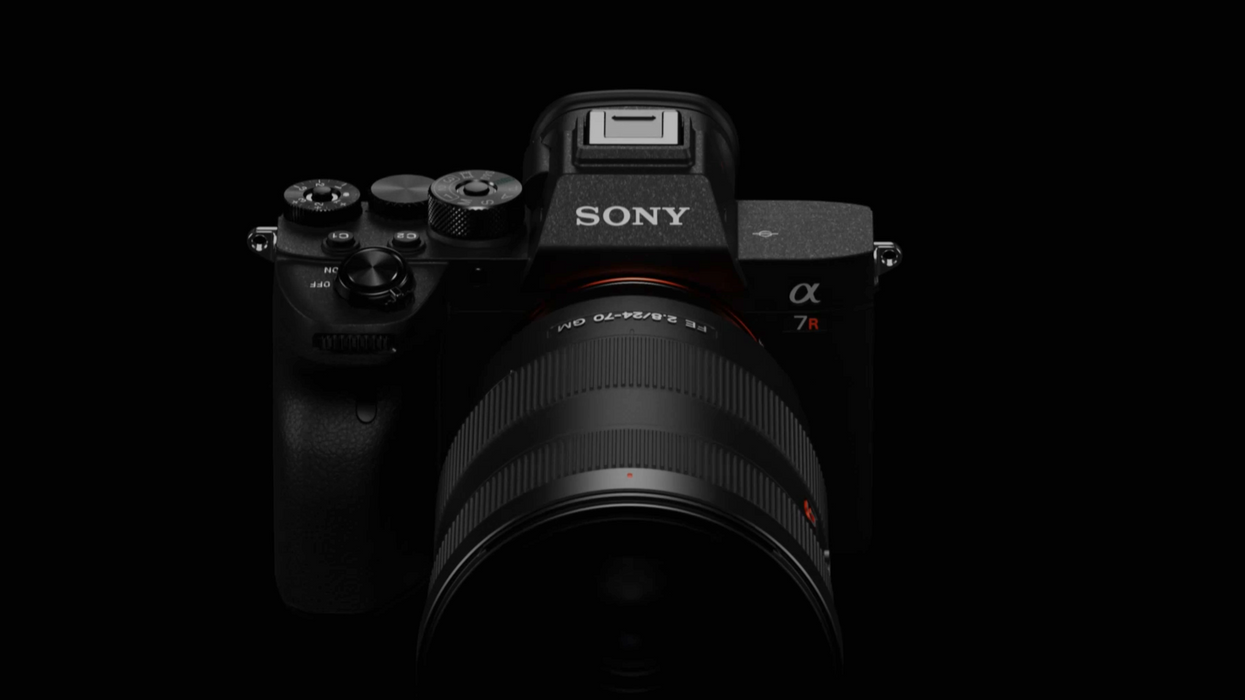The Sony A7R IV Has Finally Landed
The A7R IV is here and it's Sony's highest resolution full-frame camera ever.

Sony has today announced a new, full-frame mirrorless camera, the 4K video capable A7R IV. Sony of course basically invented the full-frame mirrorless market, and while a lot of competition has come in the space in the last year with the Canon EOS-R, Nikon Z, and Panasonic S lines, Sony is still the big kahuna in the space.
With the A7SII, Sony had a big hit with filmmakers, but with the A7III, they made it obvious they felt like the "S" line was no longer needed since the main camera line had all the video features needed.
Today with the release of the A7R IV (the first "IV" camera from the alpha line), it seems final that there will never be an A7SIII. With the focus on video features in the A7RIV, it seems like this camera might just satisfy the needs of filmmakers and still photographers equally.
While there were rumors of an 8K camera coming with this announcement, but frankly we're alright with 4K images (downsampled from a 6K capture) considering the SD card storage platform isn't really ready for 8K at the moment. Speaking of SD cards, there are dual slots, which compares well with some similar cameras which launched with a single slot to much derision from users. It also comes with internal S-log capture, HLG HDR capture in video mode, and touch autofocus tracking.
The big marquee features that will get filmmakers to consider this is the eye autofocus. Long beloved by still shooters, eye-detect autofocus is an amazing feature that is generally too processor-intensive to work in movie mode. Sony today showed a sample of it worked in movie mode on the A7RIV which should be exciting to any filmmaker who has had to pull their own focus. As depth of field gets smaller with the larger sensor size (for the same field of view), the more auto-focus tools available the better.
Sony have also put out the first full digital interface into a camera for audio, and a new microphone that handles analogue to digital conversation internally to output a direct digital signal. This is an interesting design decision, but is probably effective since it let's Sony focus on better A to D conversion inside the device where people will actually use it (the microphone will be purchased by those who want better audio) rather than focusing on improving in inside the camera body, where many users (stills shooters and dual-system video shooters) won't care much if it's improved. A very smart move and the kind of move that can really only be implemented by companies making their own video and audio gear.
Tech Specs
- 35mm Full Frame 61 Megapixel sensor
- 15-stop Dynamic Range
- 5-Axis Optical In-body Image Stabilization
- 10fps shooting
- 567 Phase-detect AF points
- Real-Time Eye Auto-Focus in Still & Movie Mode
- Real-time Tracking
- 5.76 Million Dox OLED Viewfinder
- 4K Movie Recording, S-Log 2/3, Hybrid Log Gamma for HDR
- Touch Tracking Autofocus
The camera should be available in September for $3498. This almost definitely means no more "S" cameras from Sony but considering the specs, that seems likely to be okay. Unless they put out an A7S IV that shoots 8K and puts out raw over HDMI, that is.


















